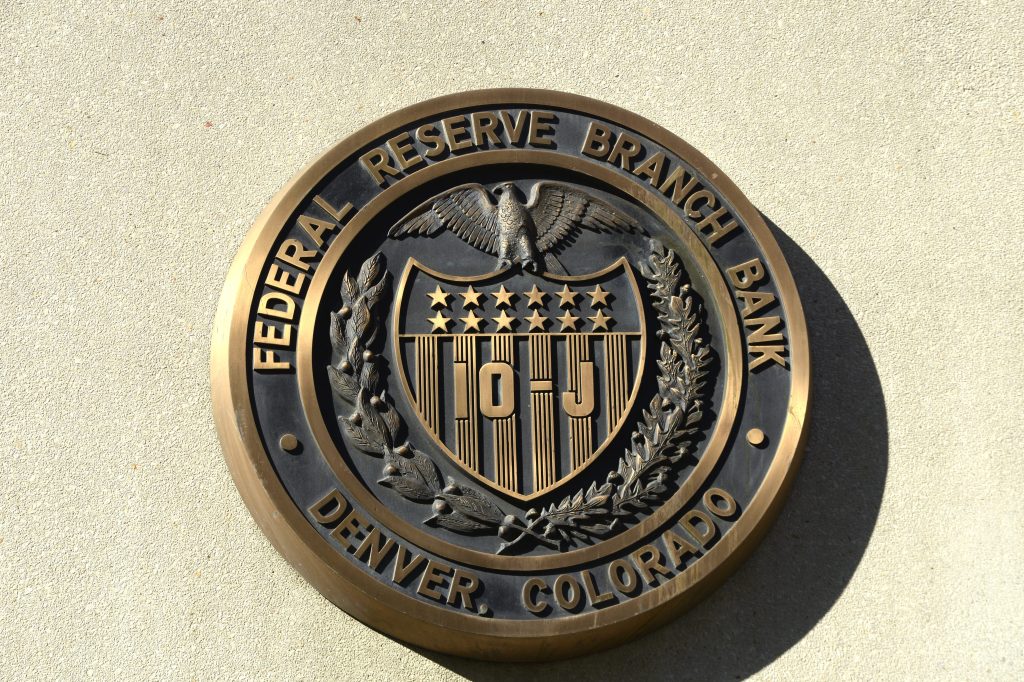Suspicious Transactions and Order Reports (STOR) are a key information tool in market abuse investigations. A STOR should be raised where there are ‘reasonable grounds’ to suspect there may be market abuse, such as insider dealing or market manipulation.
The latest report from ESMA (the Report), dated July 17, 2023, aims to provide the market with a clear overview over the use of STORs across different jurisdictions and how this has evolved over time. The Report monitors the pattern of STORs across 2010 to 2022 with a particular focus on 2021 and 2022.
In view of the UK’s departure from the EU, ESMA has tried to present the figures both with and without UK data.
ESMA’s key data takeaways
The data gathered by ESMA covers information such as (but not limited to):
- number of STORs received from investment firms, trading venues, persons professionally arranging or executing transactions other than investment firms and other parties;
- breakdown of notifications per source such as investment firms or persons professionally arranging or executing transactions other than investment firms and per instrument type such as, shares, derivatives or bonds;
- breakdown of notifications per type of violation for example, insider trading or market manipulation;
- number of different investment firms submitting a STOR; and
- number of STORs (and other notifications) provided to other National Competent Authorities (NCA) and third-country other competent authorities (CAs) and, received from other NCAs and third country CAs.
Number of STORs down in 2022
ESMA received responses from 30 NCA’s covering the entire spectrum of EEA Countries.
The data gathered shows that the total number of notifications, including STORs and other notifications received in 2021, was 7,434 (6,125 STORs and 1,309 other notifications). Interestingly, in 2022, the notifications reduced and were 6,846 (5,833 STORs and 1,013 other notifications).
It should be noted that this only includes notifications received by NCAs from Reporting Persons in their jurisdictions while those transmitted from other authorities are calculated separately.
The country that received most of these notifications in 2021 was Germany with 3,228, accounting for more than 43% of the total. A similar trend was also observed in 2022 where Germany received 2,756 notifications (40% of the total). In 2021 and 2022, France received the majority of notifications after Germany (929 and 878, accounting for 12% and 13% of the total, respectively).
Brexit’s impact on data gathered
When comparing the number of STORs received in 2021 and 2022 with those received in previous years and in particular before 2019, it emerges that a significant number of those were received by the UK, and therefore, the total number of STORs recorded in the EU has significantly decreased after 2018 on an aggregate basis.
To this end, it is worth considering that in 2017 and 2018, the UK accounted respectively for 50% and 43% of the total number of the STORs received and the sharp decrease appears mainly due to the impact of Brexit and that the UK is no longer included in the overall figures collated by ESMA.
As would be expected, the majority of notifications received in 2021 originated from investment firms at 73%, whilst Multi-Lateral Trading Facilities and Organised Trading Facilities submitted the least at 5%. The Report reflects that the trend was similar in 2019, 2020 and 2022.
The Report also found that the number of investment firms which have submitted STORs has been broadly consistent throughout 2010 to 2022.
The Report shows that the majority of notifications concerned shares (87% in both 2021 and 2022), followed by bonds (around 7% in both years). Again, this is unsurprising and has been the trend since 2019.
Type of violation
The Report shows that the majority of notifications covered cases of alleged market manipulation, which accounted for 52% of the total both in 2021 and 2022, while insider trading accounted for less (45% in 2021 and 44% in 2022). In contrast, figures from 2010 to 2018 (which includes UK data) show that the majority of notifications were for alleged insider trading.
This may reflect an increase in the level of sophistication of firms’ reporting allowing them to better differentiate between the types of market misconduct.
This increased sophistication is most likely caused by improvements in surveillance systems (including the typographies used) and by improvements in the levels of staff awareness in firms as programs of knowledge updates and training have become more embedded after the introduction of Market Abuse Regulations (MAR) in July 2016.
STORs provided and received
When NCAs forwarded the received STORs to another authority, the great majority of them were sent to other NCAs, and the number of STORs sent to third country CAs remained consistently low over the 2021-2022 period.
Similarly, NCAs received most of the notifications from other NCAs, and the portion of those received from third country CAs is shown in the Report to be consistently lower than those received from other NCAs.
It is disappointing that ESMA does not publish a detailed analysis of the underlying data received to highlight long-term trends and identified risks concerning particular markets / financial instruments. This would undoubtedly be useful for market users and firms in understanding where to make adjustments to their market surveillance and controls to detect and prevent inappropriate behavior.
As it stands, no explanation is given for the decrease in STOR volumes between 2021 and 2022 (which is a potentially surprising statistical outcome given the market volatility in 2022). It is difficult therefore to extract any lessons from the ESMA report.
Nevertheless, given the overall volumes of STORs remains significant, it does prompt one fundamental question: Why do we continue to see so few regulatory sanctions imposed by NCA’s in relation to market abuse and insider dealing?
It is only when we see a correlating increase in regulatory enforcement decisions and penalties imposed on firms and individuals for abusive practices in the markets that we can be assured the STOR regime is working effectively to achieve the desired objective of MAR and Regulation on Wholesale Energy Market Integrity and Transparency (REMIT), namely to improve market integrity and transparency.
Jake McQuitty, partner, Financial Services Contentious Regulatory, and Samuel Fulda, associate, Financial Services Disputes and Investigations, both at Eversheds Sutherland.


















